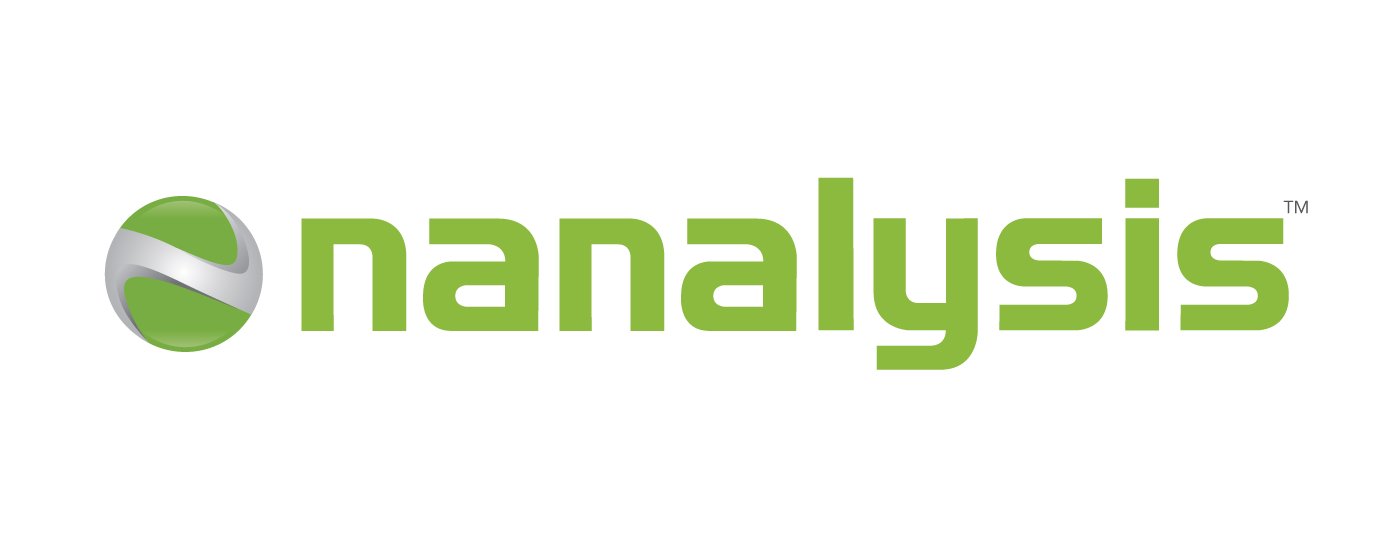Welcome to Nanalysis’ benchtop NMR Blog
We love benchtop NMR! In this blog section, you will find all things benchtop NMR. Please contact us if you would like to discuss about your project.
Category
NMR Topics
- 100 MHz NMR
- 11B NMR
- 129Xe NMR
- 13C NMR
- 19F NMR
- 19F NMR Spectroscopy
- 1H NMR
- 207Pb NMR
- 31P NMR
- 3H NMR
- 60 MHz NMR
- APT
- Agrochemicals
- Applications
- Batteries
- Biochemistry
- Biopolymers
- Botanicals
- COSY
- CPMG
- Caffeine Content
- Cannabis
- Chemical Analysis
- Cosmetics
- DEPT
- Dithiazine
- Drug Analysis
- Drug Discovery
- Dyes
- Edible Oils
- Educational NMR
- Energy
- Enzyme
- Exchangeable Protons
- Exchangeable protons
- Flavor and Fragrances
- Flow NMR
- Fluorine-19 NMR
- Food Science
- Food and Beverage
- Forensics
- Forestry
- HETCOR
- HMBC
- HSQC
- Hands-on Learning
- Heteronuclear J-coupling
- Hydrogen sulfide
- Hydroxyl value
- Hyphenated NMR
Unlocking the Key to Enzymes: Studying Enzyme Kinetics
By virtue of its quantitative nature, NMR spectroscopy is increasingly becoming the method of choice to monitor a reaction and determine its kinetic parameters. We’ve demonstrated the ability of the NMReady-60 to monitor a reaction and subsequently extract kinetic parameters in a previous blog post. In this blog post, I’d like to show how the NMReady-60 can be used to study enzyme kinetics. Adapted from a Journal of Chemical Education article published by Olsen and Giles, the enzymatic hydrolysis of N-acetyl-DL-methionine by porcine acylase was studied.
Spine disease? No, just a rigid backbone, but it keeps from flippin’ the ring!
For this one I must begin with a little personal background information due to my special relationship to the scaffold of the target compound. During my diploma thesis I investigated gold(I) phosphine complexes as catalysts for the intermolecular hydroamidation of olefins.[1] I found that dinuclear gold complex showed superior reaction times and yields compared to mononuclear complexes, like Ph3PAuCl. This particular dinuclear complex [xantphos(AuCl)2] (1) was kicking the reaction of norbornene (2) and tosyl amide (3) and made my first academic publication possible (scheme 1).
Automation, Benchtop NMR and Industry
Since it was discovered, the typical trend in NMR Spectroscopy has been towards higher field, evidenced by the rapid replacement of permanent magnets with supercons. Why? Well, NMR Spectroscopy…
Your NMReady-60 Order!
‘The spectra were analyzed according to first order’. Does this sound familiar to you? Most of the supporting information documents out there contain this sentence. You find yourself asking ‘why does nobody care about second order effects?’, then check out this high-order blog entry on the topic.
Monitoring Suzuki Coupling Reactions with Benchtop NMR
2D NMR experiments provide chemists with evidence to clarify and confirm resonance assignment. Nowadays every organic chemist uses these experiments called COSY, HMBC and HSQC as routine analytics. Basically, with 2D experiments you correlate some kind of information between two 1D spectra. If we correlate two 1D spectra of the same nucleus we are dealing with homonuclear 2D NMR experiments. The most famous representative of this group is the COSY experiment (find theory here and application here).
Eat Your Heart Out Mass Spec: Measuring 10B/11B Isotopic Ratio by NMR Spectroscopy
As I’m sure the readers of this blog know, NMR spectroscopy is used widely across all branches of chemistry due to its powerful structure elucidation capabilities and the inherently quantitative nature of the technique. Organic relies primarily on 1H/13C experiments where as inorganic chemistry can expand to other nuclei, like 31P and 11B. However, there are many other applications for NMR other than just structural elucidation. Perhaps a lesser known application of NMR spectroscopy, is its ability to determine the isotopic ratio of elements! In this blog post I would like to demonstrate a novel method to determine the 10B/11B isotopic ratio using our NMReady-60e and 1H NMR spectra!
To apodize or not to apodize - the age old question
Are you familiar with the apodization tool in Mnova? Apodization (also referred to as Weighting or Windowing) literally translates to ‘cutting off the feet’ from the original Greek. In this case…
Small Molecule Drug Discovery: From countertop to over-the-counter
Drug discovery is a multi-billion dollar industry and chemists play an integral role in many points on the drug discovery roadmap. To ensure the best possible drug candidate can be produced in the fastest, most efficient and economically friendly fashion, chemists perform innovative research from early-state development through the scaling-up process. Many analytical techniques including Nuclear Magnetic Resonance (NMR) spectroscopy are crucial in the drug discovery process and chemists use these tools daily to characterize reaction products every step of the way. Once a chemist’s reaction is complete and the desired product isolated, an NMR spectrum of the isolate is acquired. The chemist then interprets the spectrum by assigning the peaks in the spectrum to the unique sets of protons (1H), or other atoms (13C, 31P, 19F, 11B, etc.), in their desired molecule; corroborating they have made what they sought to make when the reaction was started.
Think INSIDE the box! Running NMR in the Glovebox
There are all sorts of different research areas in chemistry. Consider my path, for example. When I was just a young undergrad trying to find my calling, I loved tackling mechanisms for organic reactions, but I also loved the “breaking all the rules” in inorganic chemistry. In trying to decide which route I wanted to take, Prof. Stephen Westcott introduced me to the best of both worlds: organo-metallic chemistry. You get all sorts of crazy colours and many of the molecules disobey the conventional rules! You need to be careful though, because many of them will react instantly with water and oxygen. And I mean instantly! For example, although an incredibly simple organometallic molecule, tert-butyllithium (t-BuLi) is incredibly dangerous since it catches fire at the slightest hint of air.
How strong was your coffee this morning?
Who doesn’t want to start the day with a warm cup of coffee? Coffee has a stimulating effect on humans because of its caffeine content and for that reason it has become one of the most popular drinks in the world. Some clinical studies actually suggest that small amounts of caffeine everyday might be beneficial for adults. In this blog I am going to highlight an experiment done in collaboration with the Swager group at MIT using an organometallic complex to quantify the caffeine content in regular coffee without sample preparation!












